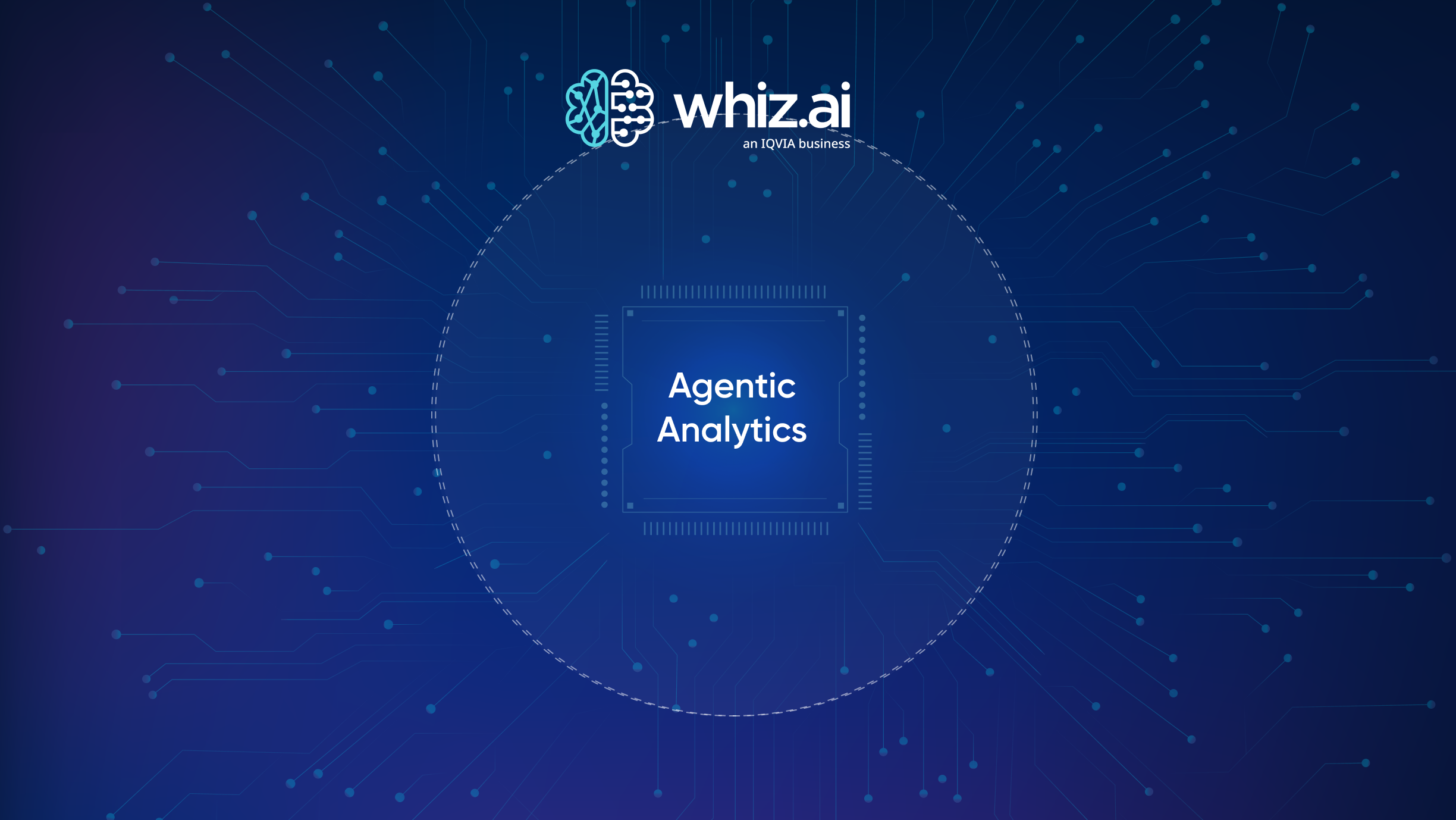A Bold Future for Life Sciences Analytics: Takeaways from the WhizAI Partner Summit 2022 - Part 1
%203.avif)
.avif)
The WhizAI Partner Summit 2022 focused on "Reimagining Analytics for Life Sciences and Healthcare". This was a 2-day event focused on business and technology orientation by our leadership. Audiences also had the opportunity to learn about our vision, mission and use cases in life sciences. And, we were privileged to hear from a WhizAI client representing a top 3 global pharma company discussing their implementation journey and business value derived from WhizAI.
Rohit Vashisht and Amitabh Patil founded WhizAI to give life sciences organizations a way to take data analytics and reporting mainstream. WhizAI analytics platform is designed to deliver insights directly to business users. They only need to ask questions to get the answers they need – no data analytics expertise is required.
“I'm very excited and very happy to say that vision is coming to reality,” Rohit said at the recent WhizAI Partner Summit 2022.
Additionally, speakers at the Partner Summit admitted the platform is now even addressing use cases and solving problems that the founders didn’t envision five years ago. The AI powered analytics platform is breaking barriers with:
Insights in many forms -
life science companies that have embraced WhizAI are using it to answer a wide range of questions. Rohit said, “Whether it is a simple question, an anomaly, alert, or even going deep into root cause analysis, predictions, or some other information, how it is all coming together is just fascinating.”
Standalone AI solutions -
Rohit explained that the market originally seemed to have an appetite for “augmented analytics” solutions that would sit alongside existing analytics and business intelligence (BI) platforms to make information more easily available than what is available today in canned dashboards and reports. However, he pointed out that the market is now looking to transition from legacy BI solutions to modern BI products such as WhizAI. This strategy has the potential to result in greater agility, a simplified analytics ecosystem, and higher user adoption. “That’s a super bold move in our minds,” he said.
Streamlined processes for data scientists -
the original vision driving WhizAI was to create a platform for people who aren’t data- or analytics-savvy but needed insights to do their jobs on the front lines of sales, marketing, patient services or market access. Rohit said, however, in the last few years, WhizAI adoption has “pulled inwards” as well. Commercial analytics and data teams have begun to explore how they could use the platform. Now, adoption extends to data-centric power users, for example, to eliminate writing SQL queries to determine which data sets to use in analyses.
WhizAI Delivers Life Science Analytics in the Real World
The ability for technologies like AI and NLP to enhance life science analytics processes and insights is more than theoretical. Companies are benefiting today.
At the Partner Summit, a senior IT leader at a top 3 global pharmaceutical company, shared the story of how her team chose to implement WhizAI and the benefits it provides. She said her team was building a large number of visualizations and dashboards and realized that data volumes were never going to decrease.
She said they began to think about how people throughout their organization interacted with and consumed data. She commented, “We know that in our personal life with our phones, we are a society that demands instant answers. Our attention span is about five seconds. If something doesn't come back in five seconds, we move on.”
Struggling with maintaining a large number of dashboards and low user adoption, the company recognized it lacked the agility necessary to meet business needs, and the total cost of ownership (TCO) of data analytics kept climbing. She said they began to explore solutions that would allow them to personalize analytics for users and share insights easily.
She recalled, “WhizAI stood out clearly as the company that had a really solid vision, a product that was aligned with our strategy and would enable us to achieve our goals.” Her team brought WhizAI into their environment and executed several successful pilots. Based on the promising results, the company went all-in, implementing the solution for its field reporting use case to reduce the overload of complex dashboards for 5,000 employees.
The pharma company quickly saw positive outcomes. “We were able to scale to huge volumes of data – over one billion records,” she commented and added they “pressure-tested” the platform with up to five billion records and still saw fast response rates. The company also saw a 50% reduction in end-to-end development time, greater efficiency, cost savings and ROI, and quicker times to insight. Those benefits all add up to greater agility and happier end users.
She said the pharma company continues to use WhizAI as a complement to its existing analytics technology stack. “I don't believe we'll ever have just one BI technology. There will always be those needs for these pixel-perfect dashboards that executives may need, and some other tools might be better suited for that. But, when we're really talking about getting information on my data quickly, personalized to how I want it, quicker, better, faster, that's where I see WhizAI fitting into the picture,” she said.
At WhizAI, we are excited about the future. Our value to our customers is strengthened by our partners. Together we are shifting the analytical power to the decision maker. We hope you enjoyed these surprising takeaways from Part 1 of the event. Please continue reading and we hope you find Part 2 helpful as well.


Subscribe to our blog








.png)






.avif)



.png)